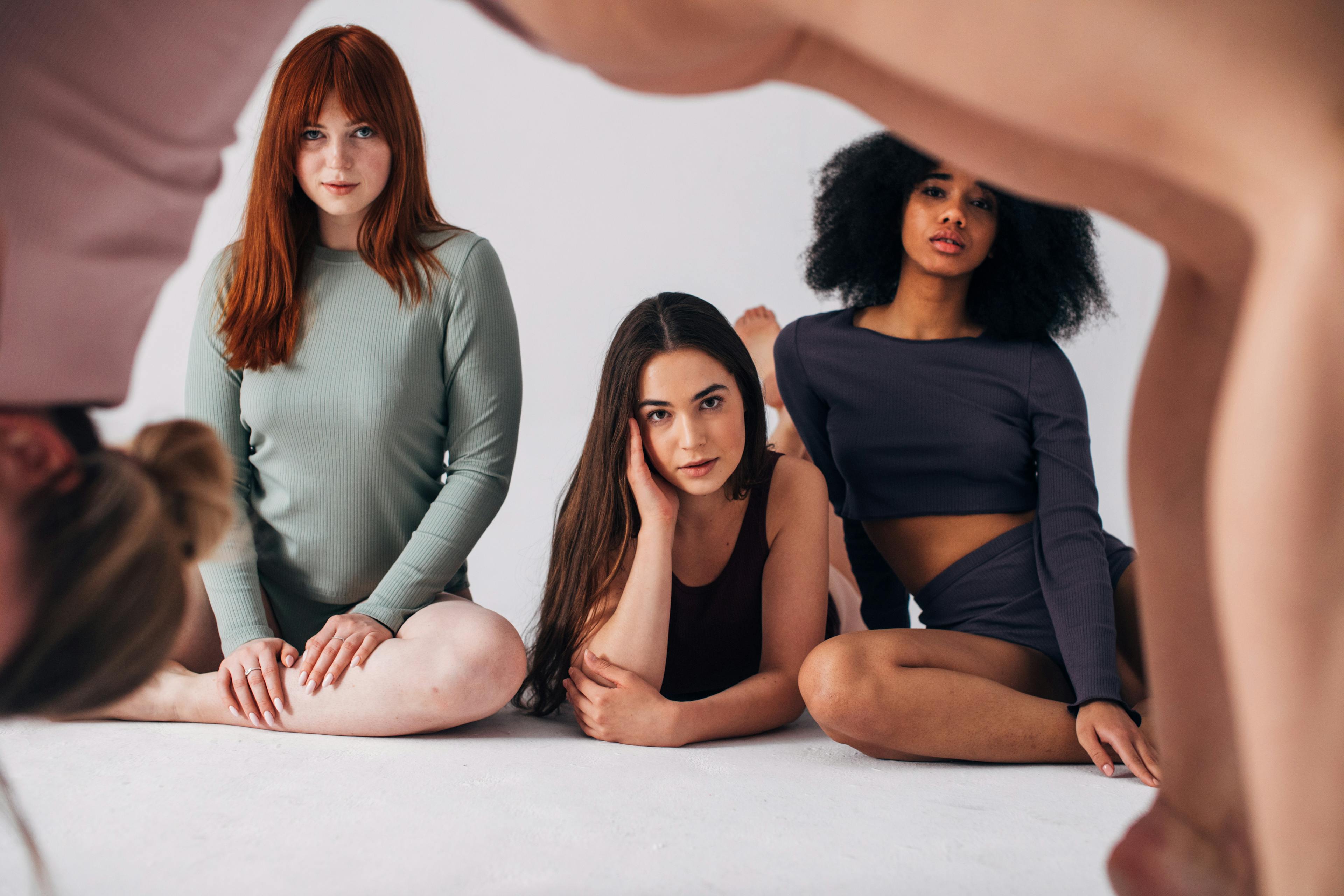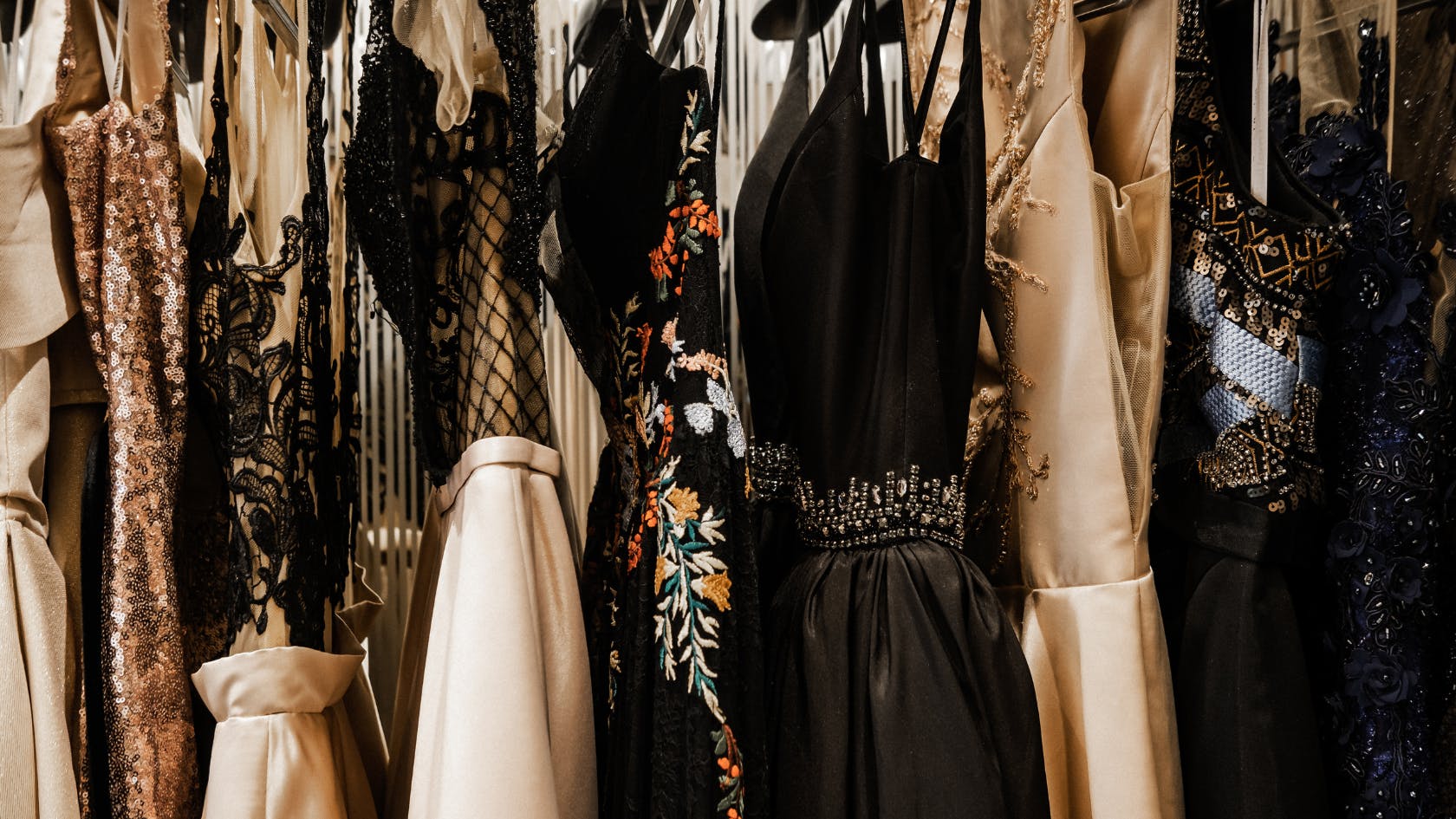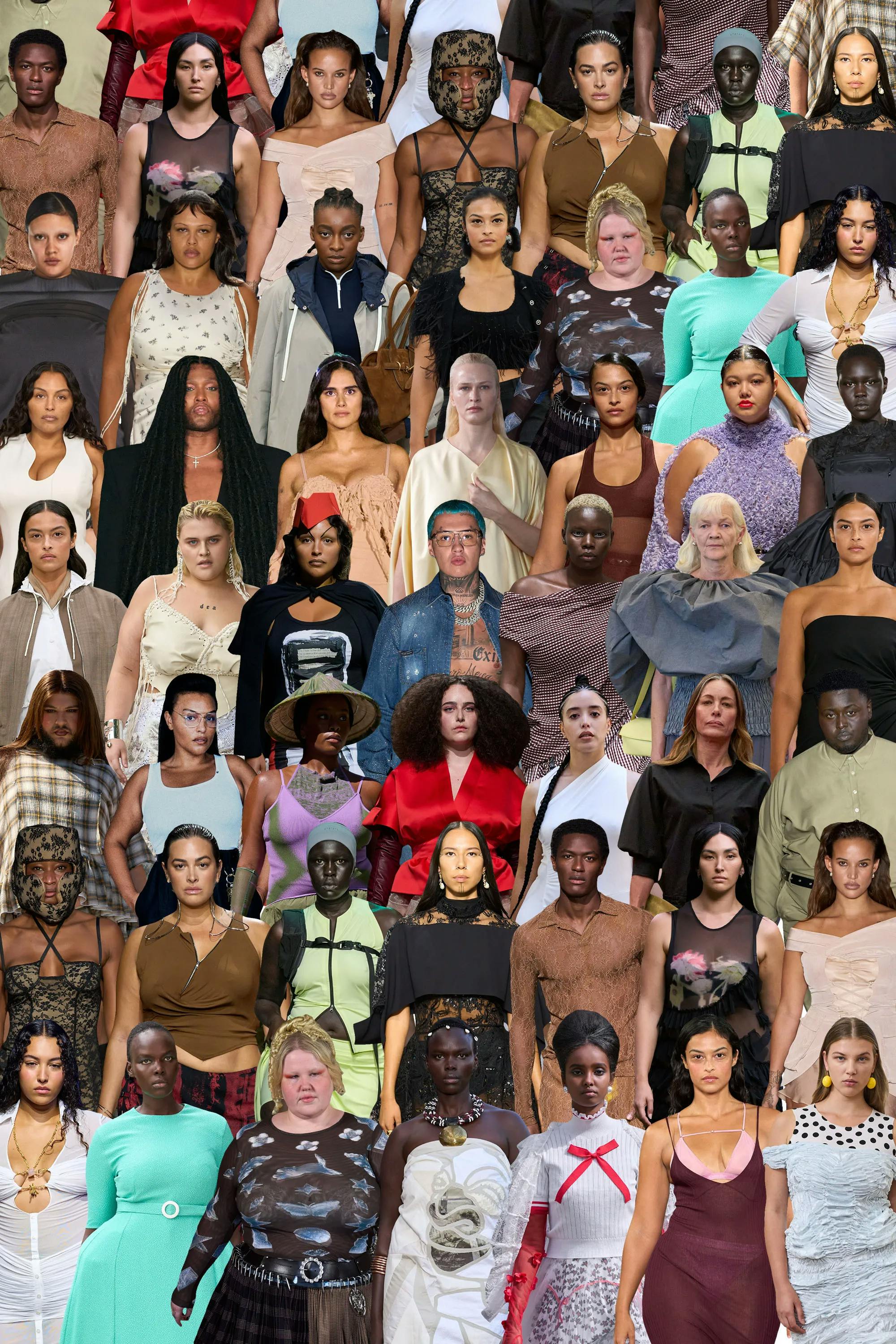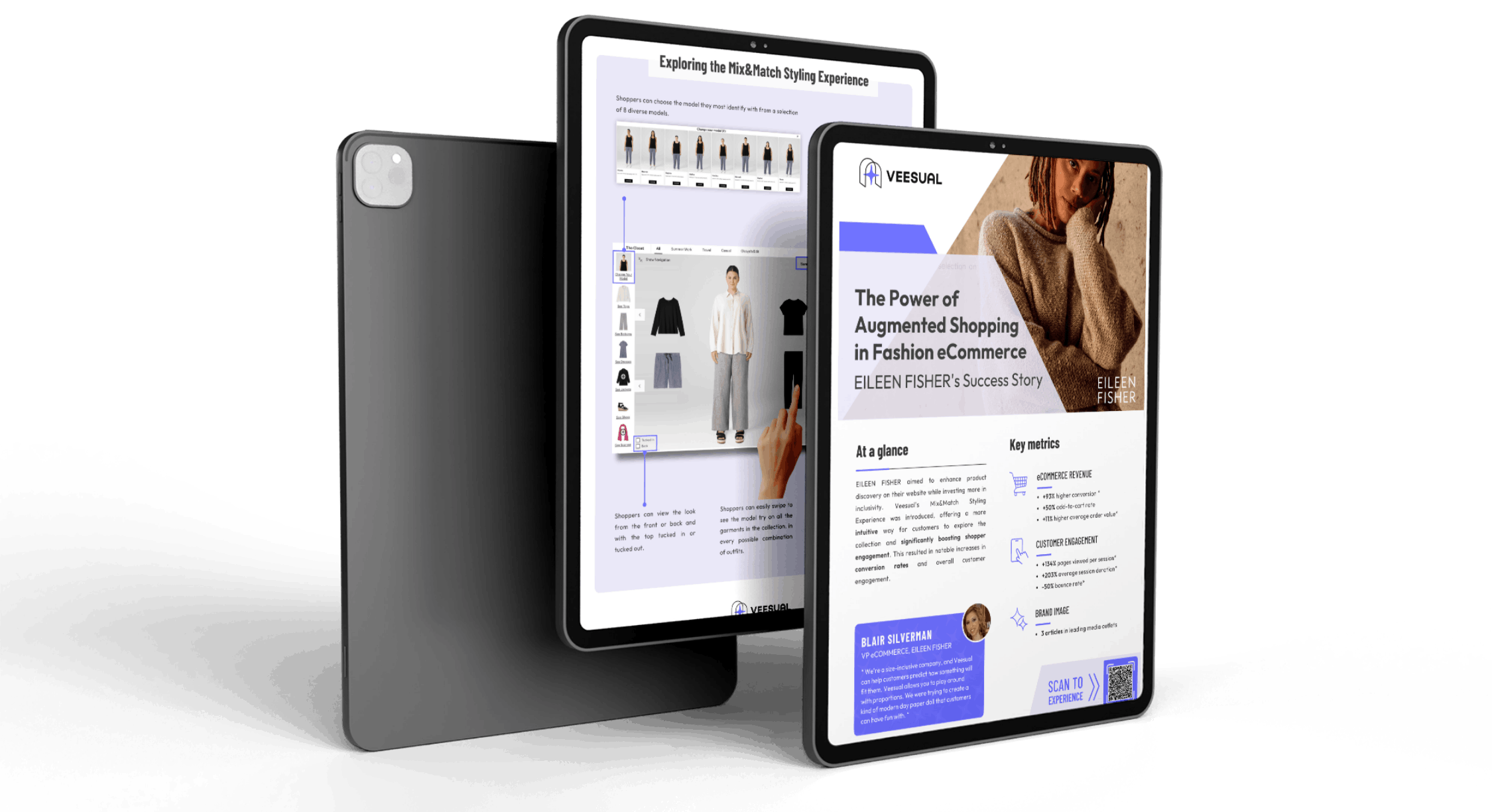
Inclusion and Diversity in fashion e-commerce
For a long time, fashion brands have been represented by tall, thin, and rather white women. This representation did not only appear during the fashion shows, but also in the advertising campaigns and in their communications on social networks.
However, more and more consumers want to have a fashion more representative of reality and society. Faced with this situation, brands are breaking away from the old codes, highlighting diversity and offering more inclusive products.
I) What is inclusive fashion?
1) A need for self-acceptance
Inclusion highlights the diversity in society: morphology, size, origin, etc. In the fashion industry, it means offering clothing collections that can be worn by everyone, whether they are short or tall, thin or curvy, and regardless of skin color.
This concept encourages brands to advocate self-acceptance, so that all women feel good about themselves despite their diversity. It's not just about size inclusive, but difference in general.
More and more women are proudly displaying their bodies and assuming their characteristics. This is all the more accentuated thanks to social networks, with for example the body positive movement which incites to accept one's body even if it does not correspond to the beauty standards imposed by society.
2) Brands are increasingly moving towards inclusion
Furthermore, brands are taking into account the needs of their customers. Indeed, lines for curvy women, whether it is ready-to-wear or lingerie, appear more and more in the collections (Paprika, Fashion Nova...).
Brands such as Tommy Hilfiger or Gucci, do not hesitate to put forward models with a disability (ex: Ellie Goldstein) to celebrate diversity.
More and more magazines and advertising advocate the authentic aspect and limit photo retouching, to encourage self-acceptance.
Inclusive fashion is also supported by the development of ethical fashion which focuses on both the environment and the human.
II) Inclusion enables brands to convert and retain customers
When customers shop online and see tall models with a good figure, they can either buy by aspiration which often leads to returns because of size problems and is therefore expensive for the e-tailer. Or they will refrain from making the purchase due to lack of projection.
Visualization and projection have a real impact on conversion results and customer retention. Putting forward models covering the diversity of the clientele will increase the purchase intention of the customers.
Furthermore, brands can focus their communication on inclusion and diversity which will comfort consumers and allow them to hold on to values that connect them to brands.
As fashion is one of the things that expresses our identity and individuality, it is essential that it is accessible to all.
III) Virtual fitting: a step towards inclusion for brands
In order to reflect diversity for their e-commerce customers, brands are increasingly featuring models with different sizes, body types and backgrounds.
However, reflecting inclusivity and diversity can quickly seem impossible or very costly when one imagines shooting each product on different mannequins.
With a solution like Veesual's Mix&Match, brands can allow their customers to compose their looks with the different garments offered (tops, bottoms, jackets and accessories) and on the mannequin they identify with.
This solution also limits the costs related to the shooting because thanks to the AI used, all the product variations are automatically generated.
The virtual fitting answers another problem of the e-commerce: the customer returns.
Having become a selling point (free return, full refund, home pickup), brands are aware of the drawbacks of online shopping related to the lack of projection and disappointment of customers once the product is received.
Allowing customers to try on products online, with mannequins they can identify with, reduces returns.
RESOURCES
Discover our new article

Virtual Try-On, Virtual Styling, Virtual Fitting: How to Choose the Right AI Experience for Your E-Commerce Strategy
In the fast-evolving world of e-commerce, technologies like Virtual Try-On (VTO), Virtual Fitting, and Virtual Styling are reshaping the way customers shop online. While these terms are often used interchangeably, each serves a unique purpose. For brands, understanding these distinctions is key to leveraging the right technology to drive conversions, reduce returns, and enhance customer loyalty.

The Role of AI in Elevating Luxury Experiences
Artificial Intelligence (AI) is often associated with automation, efficiency, and scalability—concepts that might seem at odds with the world of luxury, where authenticity, craftsmanship, and exclusivity reign supreme. Despite these apparent contradictions, AI holds transformative potential for luxury brands, offering new ways to enhance the distinctive experiences they deliver to their discerning clientele.

Reaction to Vogue Business Inclusivity Report: As Extreme Thinness Returns to the Runways, Why Brands Must Continue Investing in Size Inclusivity
The Spring/Summer 2025 fashion weeks have come to an end, and while the runways showcased an array of creativity, one unsettling trend has resurfaced: the return of extreme thinness as the dominant body type in fashion. According to the Vogue Business Inclusivity Report, only 0.8% of looks across New York, London, Milan, and Paris featured plus-size models, with 4.3% mid-size representation. In stark contrast, 94.9% of models were straight-size (US 0-4), signaling a regression to the outdated and unhealthy standards of beauty that once plagued the industry.

